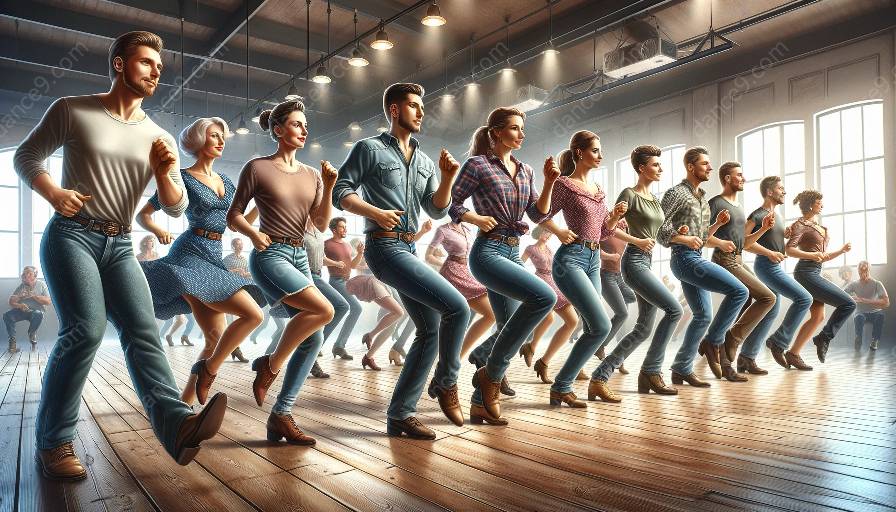Line dancing is a popular form of dance that involves dancers standing in lines and performing synchronized dance movements. One of the key elements that make line dancing fun and exciting is the variety of formations that dancers can create on the dance floor. Understanding these formations can enhance your line dancing experience and add creativity to your dance classes.
Basic Line Formation
The most common formation in line dancing is the basic line formation, where the dancers stand in a straight line, side by side, facing the same direction. This formation is the foundation for many line dances and allows for synchronized movements and transitions.
Circle Formation
In the circle formation, dancers stand in a circular pattern, facing the center of the circle. This formation adds a sense of camaraderie and interaction among the dancers as they move in unison around the central point.
Weave or Diamond Formation
The weave or diamond formation is characterized by dancers forming a diamond shape on the dance floor. This formation allows for interesting patterns and directional changes as dancers move around each other in a weaving motion, adding depth to the dance.
Waves Formation
The waves formation involves dancers interweaving to form wavy patterns across the dance floor. This formation adds fluidity and visual appeal to the dance as dancers move in sync, creating visually captivating movements.
Box Formation
The box formation is created by dancers forming a square or rectangular shape on the dance floor. This formation allows for structured movements and directional changes, adding variety and complexity to the dance routine.
Side-By-Side Formation
In the side-by-side formation, dancers stand next to each other in a horizontal line, facing the same direction. This formation is commonly used for dances that involve partner work and allows for close interaction and coordination between dancers.
Advanced Formations
There are also advanced formations in line dancing that involve intricate patterns, crossing paths, and dynamic movements. These advanced formations challenge dancers with complex footwork and spatial awareness, adding excitement and skill development to line dance classes.
Understanding and experimenting with these different formations can elevate the enjoyment and creativity of line dancing. Whether you are a beginner learning the basics or an experienced dancer looking for new challenges, the diverse formations in line dancing offer a wealth of opportunities to enhance your dance experience.













































































